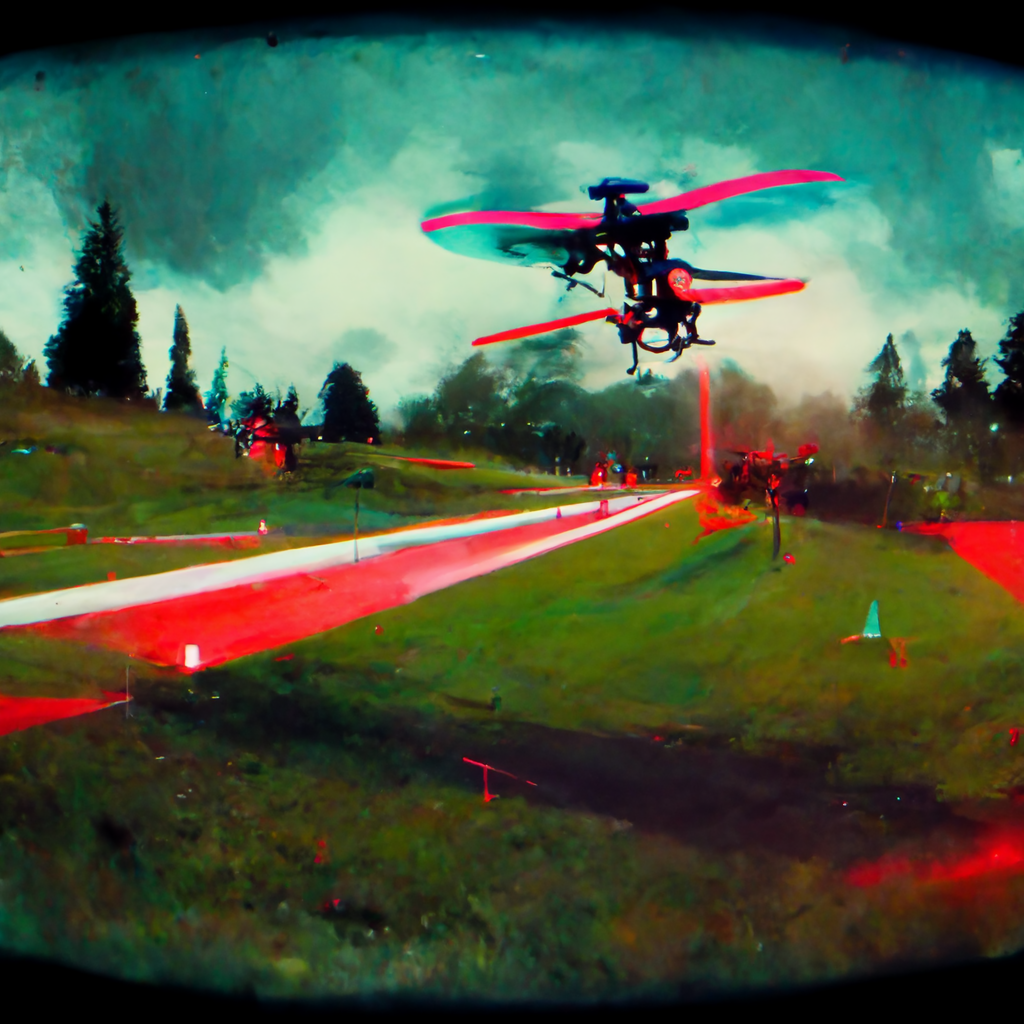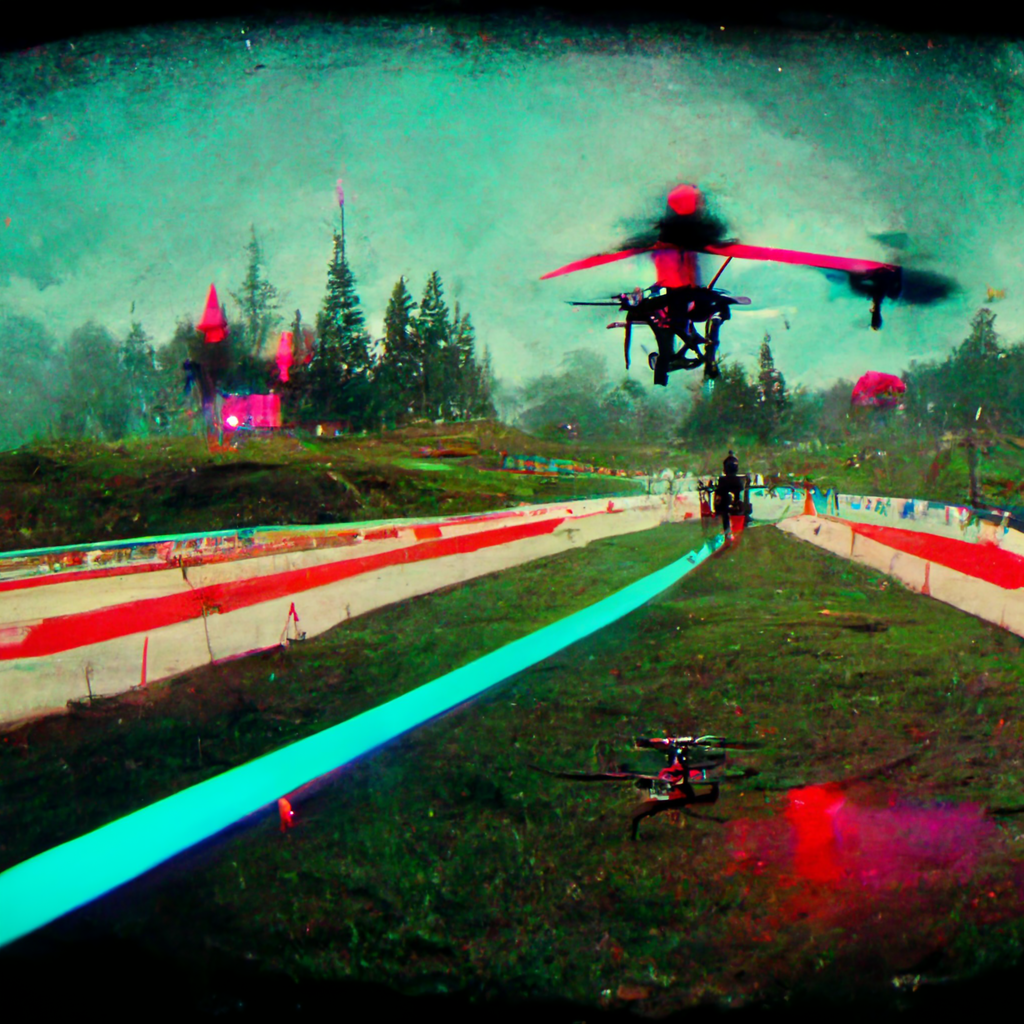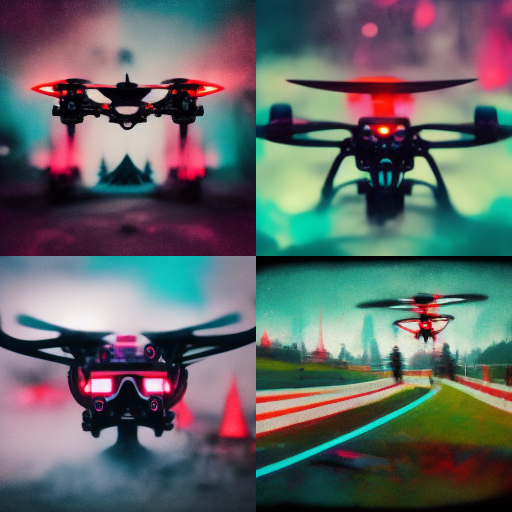A LeadBelt Gaming Guide Series
How to choose the right FPV drone for your needs and experience level
Choosing the right FPV drone for your needs and experience level requires careful consideration of several factors, including your skill level, budget, and intended use.

An expanded look
Skill Level:
- Skill Level and Racing Drones: A Guide for Beginners, Intermediates, and Experts
- Racing drones have become increasingly popular in recent years and with good reason. These high-performance machines offer thrilling speeds and incredible manoeuvrability, allowing pilots to push their skills to the limit. However, with so many options on the market, it can be difficult for beginners to know where to start. In this guide, we’ll explore the different skill levels of racing drone pilots and how to choose the right drone for your needs.
- Beginner Skill Level:
- If you’re just starting out with racing drones, it’s important to choose a model that’s designed for beginners. These entry-level drones often have basic features and easy-to-use controls that allow new pilots to get a feel for flying without risking costly crashes. Many of these drones also come with safety features like built-in GPS and obstacle avoidance sensors to help prevent accidents.
- One of the key factors to consider when selecting a beginner racing drone is speed. Slower drones are often easier to control, allowing pilots to focus on developing their skills without worrying about losing control. It’s also important to consider durability, as beginner drones are more likely to take a beating as pilots learn the ropes.
- Intermediate Skill Level:
- Once you’ve mastered the basics of flying a racing drone, you may want to consider upgrading to a more advanced model. These drones typically have higher speeds, more powerful motors, and customizable settings that allow pilots to fine-tune their performance. Intermediate pilots should also consider investing in a higher-quality flight controller, which can greatly improve their precision and control.
- When selecting an intermediate racing drone, it’s important to consider both speed and durability. These drones are often designed for more aggressive flying styles, which can lead to crashes if pilots aren’t careful. Many intermediate drones also come with built-in cameras, allowing pilots to capture high-quality footage of their flights.
- Expert Skill Level:
- Expert pilots may prefer to build their own racing drones from scratch, using only the highest-quality components and customizations for maximum performance. These custom-built drones often have the fastest speeds and most powerful motors, allowing pilots to perform complex manoeuvres and push their skills to the limit.

Budget:
- When it comes to buying a racing drone, budget is an important factor to consider. Racing drones can vary widely in price, with some entry-level options starting at a few hundred dollars and high-end models reaching several thousand dollars. As a beginner, it is wise to start with a lower-priced option, especially if you are not yet sure if drone racing is for you.
- However, it’s important to keep in mind that lower-priced options may have fewer features and capabilities, and may not be as durable as more expensive models. As you gain experience and skill, you may want to upgrade to a more advanced racing drone that offers higher speeds, better manoeuvrability, and more advanced features.
- It’s also important to consider the cost of replacement parts and repairs when choosing a racing drone. Crashes and collisions are common in drone racing, and even the most experienced pilots are not immune to accidents. Replacement parts can add up quickly, so it’s important to factor these costs into your budget when making a purchasing decision.
- One way to save money on replacement parts is to choose a racing drone that has easily replaceable parts, such as motors and propellers. This way, you can quickly and easily replace damaged parts without having to buy an entirely new drone. Additionally, you can consider learning how to repair and maintain your drone yourself, rather than relying on expensive repairs from a professional.
- Overall, it’s important to strike a balance between your budget and the features and capabilities you need in a racing drone. By doing your research and carefully considering your options, you can find a drone that fits both your budget and your racing needs.
Intended Use:
- When it comes to buying a racing drone, budget is indeed one of the most important factors to consider. It is essential to weigh your options carefully and determine how much you can afford to spend on a racing drone before making a purchasing decision. As mentioned earlier, racing drones can range in price from a few hundred dollars to several thousand dollars, depending on the quality and features of the drone.
- Freestyle drones are designed for aerial acrobatics and stunts, allowing pilots to perform tricks and manoeuvres in the air.
- Cinematic drones are designed for capturing high-quality aerial footage, with stable flight capabilities and high-quality cameras.
- For beginners, starting with a lower-priced option is a wise decision, especially if you are not yet sure if drone racing is for you. These entry-level options are typically easier to control and less prone to crashes. They may have basic features and limited capabilities, but they are a great way to learn the basics of drone racing without breaking the bank.
- However, it’s essential to keep in mind that cheaper drones may have some limitations. They may not be as durable as more expensive models, and their flight capabilities may be limited. So, as you gain experience and skill, you may want to upgrade to a more advanced racing drone that offers higher speeds, better manoeuvrability, and more advanced features.
- One thing to consider when it comes to the budget is the cost of replacement parts and repairs. Crashes and collisions are common in drone racing, and even the most experienced pilots are not immune to accidents. Therefore, it is important to factor these costs into your budget when making a purchasing decision.
- Choosing a racing drone that has easily replaceable parts, such as motors and propellers, is a smart move. This way, you can quickly and easily replace damaged parts without having to buy an entirely new drone. You can also consider learning how to repair and maintain your drone yourself, rather than relying on expensive repairs from a professional. This can save you a lot of money in the long run.
- It’s important to strike a balance between your budget and the features and capabilities you need in a racing drone. By doing your research and carefully considering your options, you can find a drone that fits both your budget and your racing needs. Remember to factor in the cost of replacement parts and repairs when making your decision, and consider the value of investing in a more durable and advanced racing drone as you gain more experience and skill.

No responses yet